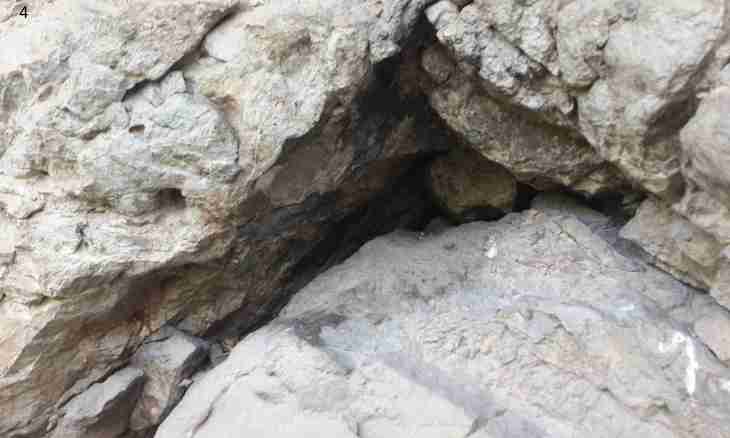Atom of each chemical element is an own unique system, with certain, inherent only to it quantity of the smallest particles – neutrons, electrons and protons. In the center of atom there is a kernel positively charged at the expense of protons. In the same place also neutral particles – neutrons are located. Around the electrons bearing negative charges rotate.
Instruction
1. Truly to describe the structure of atom, it is necessary to be able to do that's right! to read periodic the system of chemical elements of D.I. Mendeleyev. It is a well of information which needs to manage to be taken for what it is very important to acquire some skills of "reading".
2. D.I. Mendeleyev's table is divided into the periods and groups. As a result each element takes the certain place of "residence", at concrete number that is specified in each cage of the table. Besides the exact value of relative atomic mass which when calculating needs to be rounded to an integer is given in the same place. The exception makes only atom of chlorine which has fractional value, namely Ar (Cl) = 35.5.
3. There are several rules according to which it is possible to give characteristic to atom. The quantity of protons (p) is determined by serial number of an element. Their number coincides with quantity of electrons (ē), that is how many in atom of particles with a positive charge, as much has to be also with negative. Characteristic of atoms includes also definition of number of neutrons (n). To find their quantity, it is necessary to subtract serial number from the relative atomic mass of an element.
4. Example No. 1. Define number of particles (protons, neutrons, electrons) in chemical element No. 5 Element No. 5 is a pine forest (B). If its number is equal 5, therefore, protons 5 too. As the number of protons and electrons coincides, means also electrons 5 too. Find number of neutrons. For this purpose subtract from rather atomic mass (Ar (B) = 11) serial number No. 5 the General record: р = + 5ē = - 5n = 11 – 5 = 6
5. Example No. 2. Define number of particles (protons, neutrons, electrons) in chemical element No. 56 Element No. 56 is a barium (Ba). If its number is equal 56, therefore, protons 56 too. As the number of protons and electrons coincides, means also electrons 56 too. Find number of neutrons. For this purpose subtract from rather atomic mass (Ar (Ba) = 137) serial number No. 56 the General record: р = + 56ē = - 56n = 137 – 56 = 71

